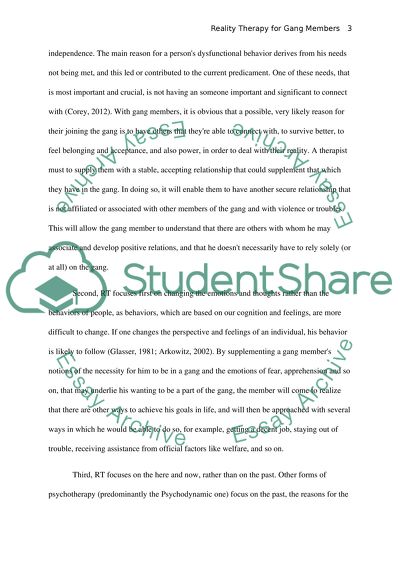Cite this document
(“Reality Therapy for Gang Members Research Paper - 1”, n.d.)
Reality Therapy for Gang Members Research Paper - 1. Retrieved from https://studentshare.org/psychology/1471886-gang-reality
Reality Therapy for Gang Members Research Paper - 1. Retrieved from https://studentshare.org/psychology/1471886-gang-reality
(Reality Therapy for Gang Members Research Paper - 1)
Reality Therapy for Gang Members Research Paper - 1. https://studentshare.org/psychology/1471886-gang-reality.
Reality Therapy for Gang Members Research Paper - 1. https://studentshare.org/psychology/1471886-gang-reality.
“Reality Therapy for Gang Members Research Paper - 1”, n.d. https://studentshare.org/psychology/1471886-gang-reality.


